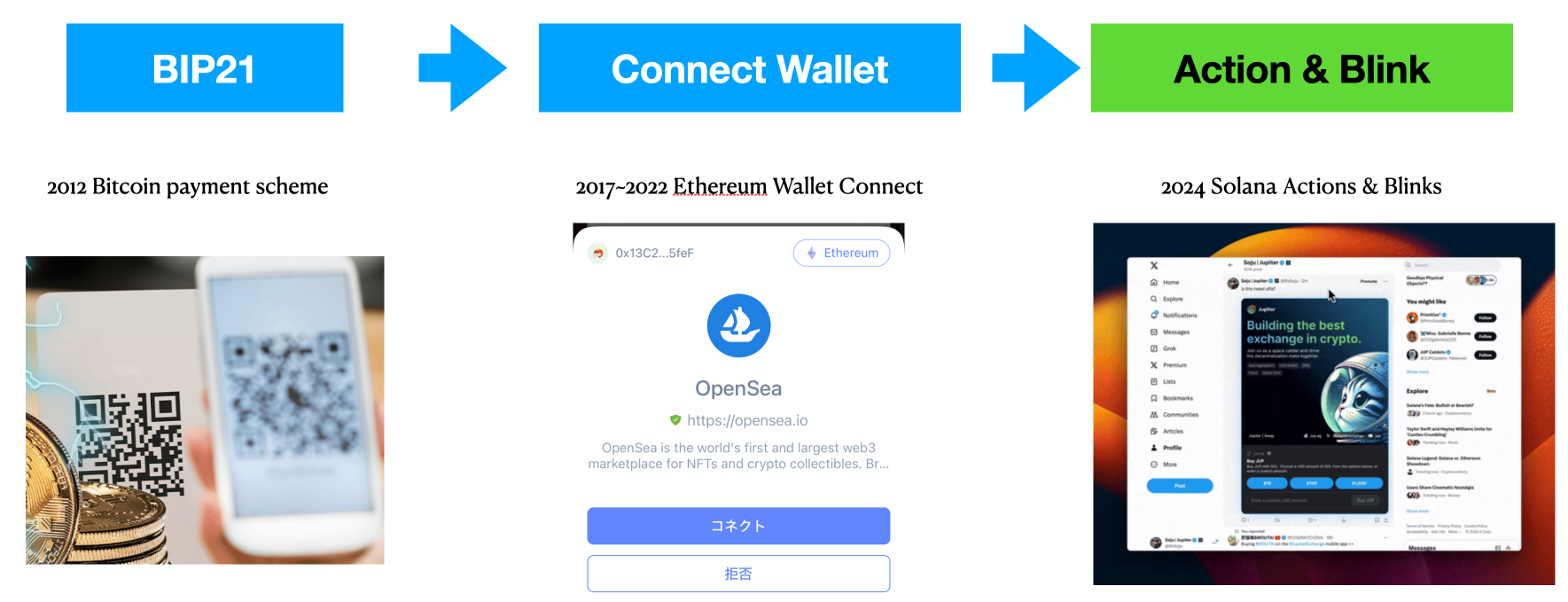2024, A Milestone Year for NOTE Protocol
2024: A Milestone Year
2024 has been a milestone year for NOTE Protocol. From its initial release in February to the end of the year, NOTE Protocol has made a significant leap from concept to practice, achieving remarkable success in technological innovation and ecosystem development.
Major Achievements
-
Protocol Infrastructure (February):
- Released the first practical native Bitcoin smart contract protocol
- Launched cryptography-based asset issuance mechanism
- Achieved low-cost transactions and efficient UTXO asset management
-
Technical Upgrades (April):
- Expanded Payload data storage capacity
- Introduced N20 Token Burn functionality
- Enhanced off-chain contract execution environment with block and transaction information
- Completed indexer code refactoring
-
Theoretical Breakthroughs (June):
- Proved and demonstrated Bitcoin script's Turing completeness
- Innovatively solved the halting problem in smart contracts
- Optimized script storage space to 2.5K
-
Ecosystem Expansion (July):
- Released complete smart contract development framework
- Launched first practical application based on NOTE Protocol
- Initiated N721 NFT and Alias DID protocol development
-
Interaction Innovation (Late July):
- Released Bitcoin Action protocol
- Achieved seamless wallet-dApp interaction
- Simplified user operations and improved experience
-
Protocol Upgrades (Late November):
- Implemented Alias public key alias protocol
- Implemented N721 NFT asset protocol
- Integrated NOSTR protocol
Technology Outlook for 2025
Building on 2024's achievements, NOTE Protocol will begin a new chapter in 2025, focusing on building infrastructure for the AI agent economy. We have submitted the Note Chain Whitepaper Draft and completed the first codebase implementation, focusing on AI Agent DAG workflow engine (Repository).
AI Agent Economy Infrastructure
-
High-Performance Layer 1 Blockchain:
- Implement high-concurrency transaction processing based on UTXO model
- Ensure network security and efficiency through DPoS consensus
- Support smart contracts and complex workflow execution
-
Decentralized Oracle System:
- Multi-node collaboration for external data acquisition and validation
- Support diverse data sources including market prices and IoT device status
- Real-time triggering of AI agent workflows
-
Distributed Workflow Engine:
- Support AI Agent task smart contract deployment
- Enable parallel task processing and state management
- Ensure execution result trustworthiness through consensus
Economic Model Innovation
-
NUST Stablecoin System:
- Issue native stablecoin supporting AI agent economy
- Enable high-frequency micropayments and complex payment logic
- Establish cross-chain asset interoperability standards
-
Incentive Mechanism Design:
- Reward nodes based on task complexity
- Distribute earnings for ecosystem development participation
- Implement user staking and governance rights system
Ecosystem Development
-
Developer Tools:
- Enhance smart contract development framework
- Provide workflow template library
- Establish developer incentive program
-
Cross-chain Interoperability:
- Support multi-chain asset integration
- Unified payment standards
- Inter-chain data communication
Our goal is to build a high-performance blockchain infrastructure serving 6 billion people, enabling AI agents to collaborate efficiently and complete complex tasks securely and reliably. Note Chain will become a crucial bridge connecting AI, blockchain, and the real world.
Let's work together to build an intelligent, open, and prosperous blockchain future!
